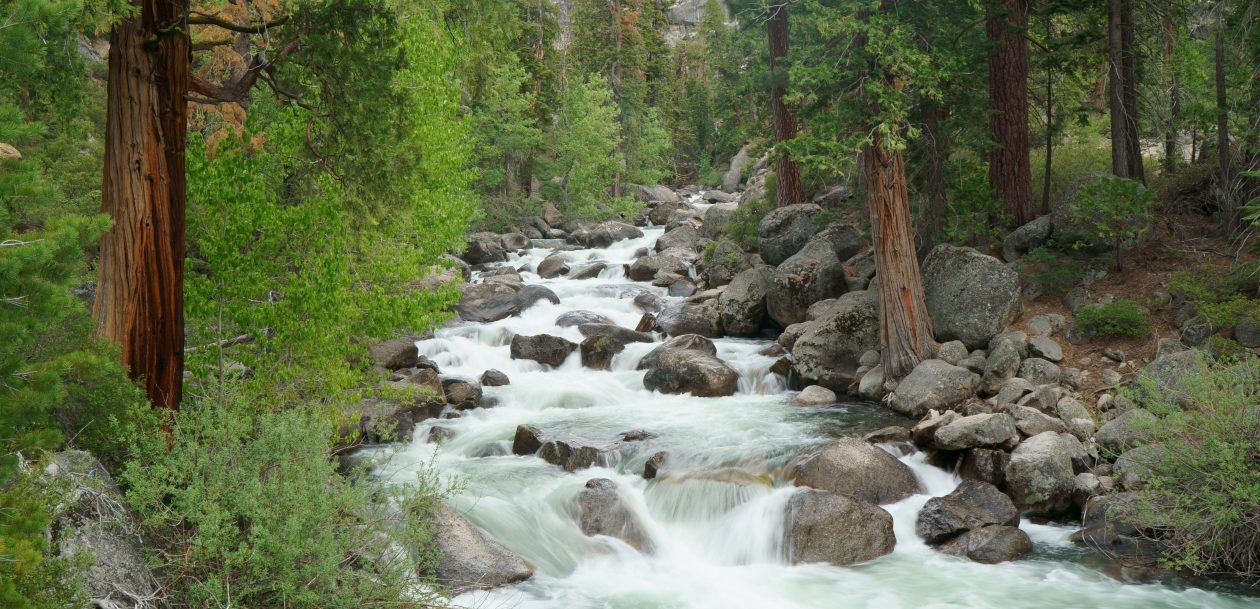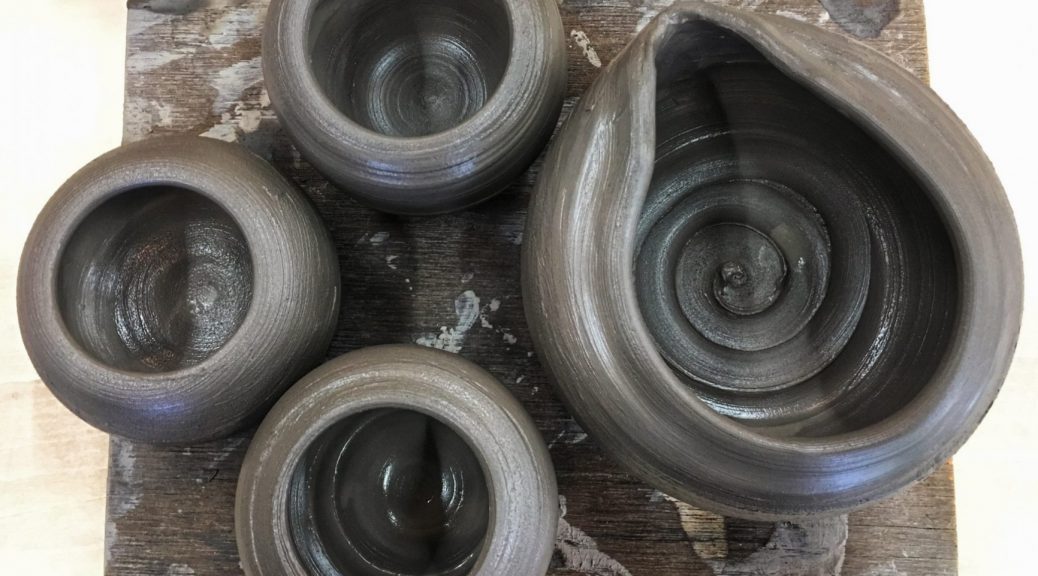The Shinkansen is the most efficient method to travel across Japan.
If your travel itinerary covers a wide cross-country span, you may want to consider getting a Japan Rail Pass before arriving in Japan so you can take full advantage of the seamless transportation system that flow you through the arteries of the developed nation. You will be surprised to see how thorough the rail system is in Japan, and how quickly you can commute.
Leaving Kyoto, Rebecca and I took the express train “Thunderbird” to our next destination, Kanazawa.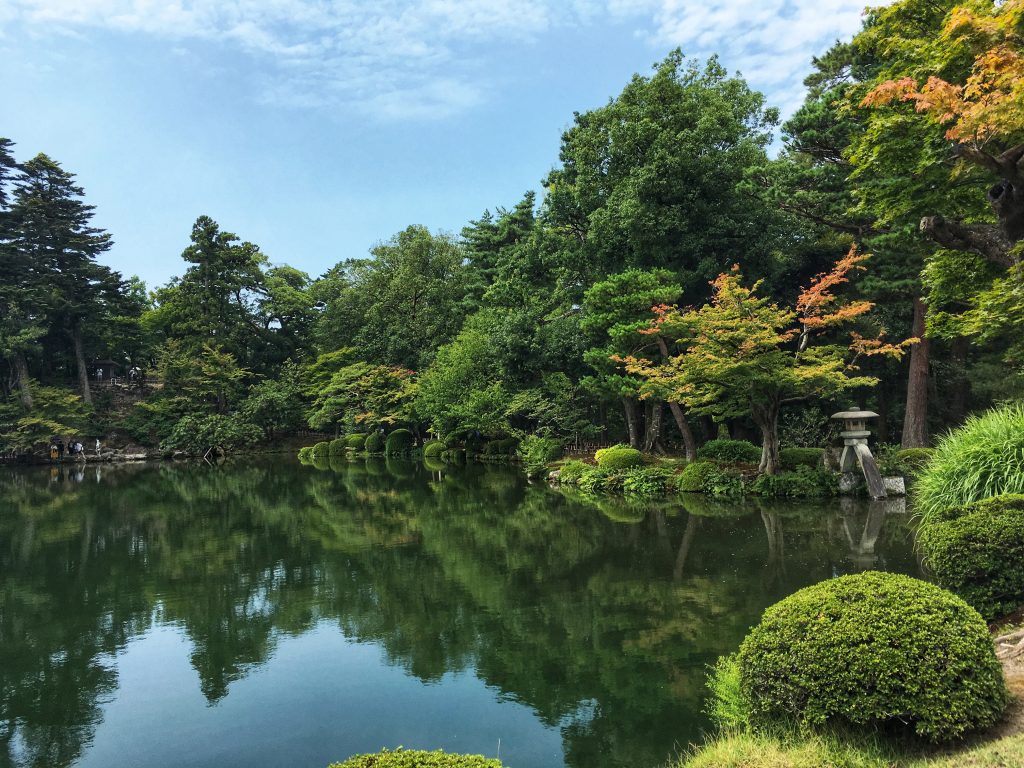
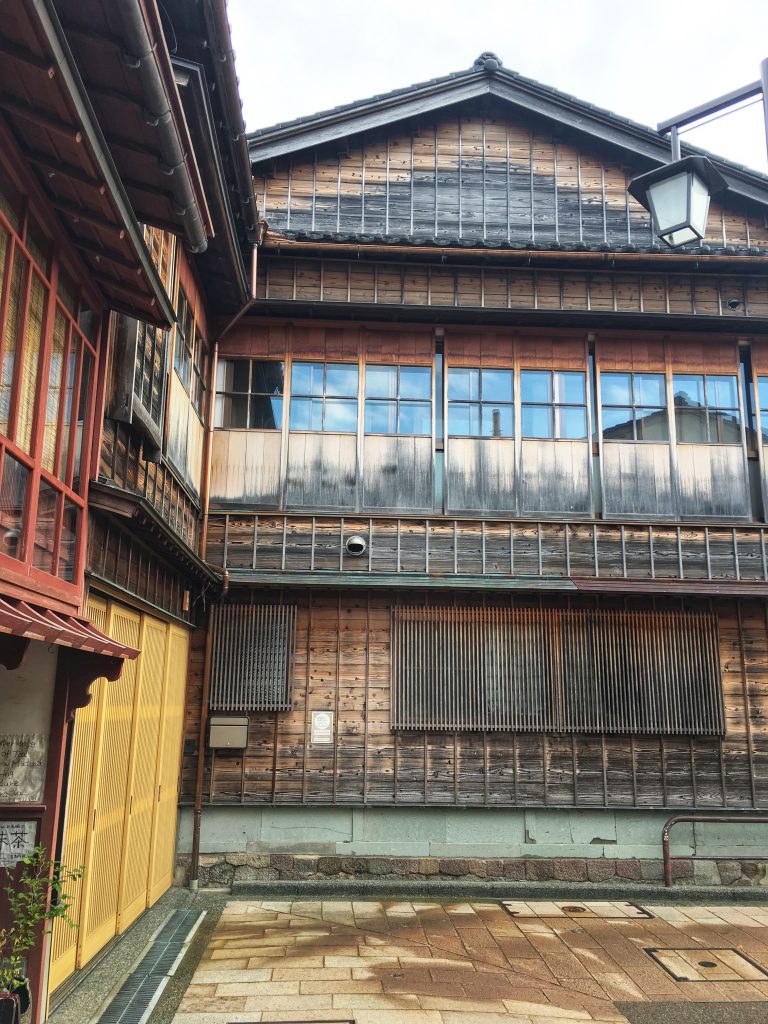

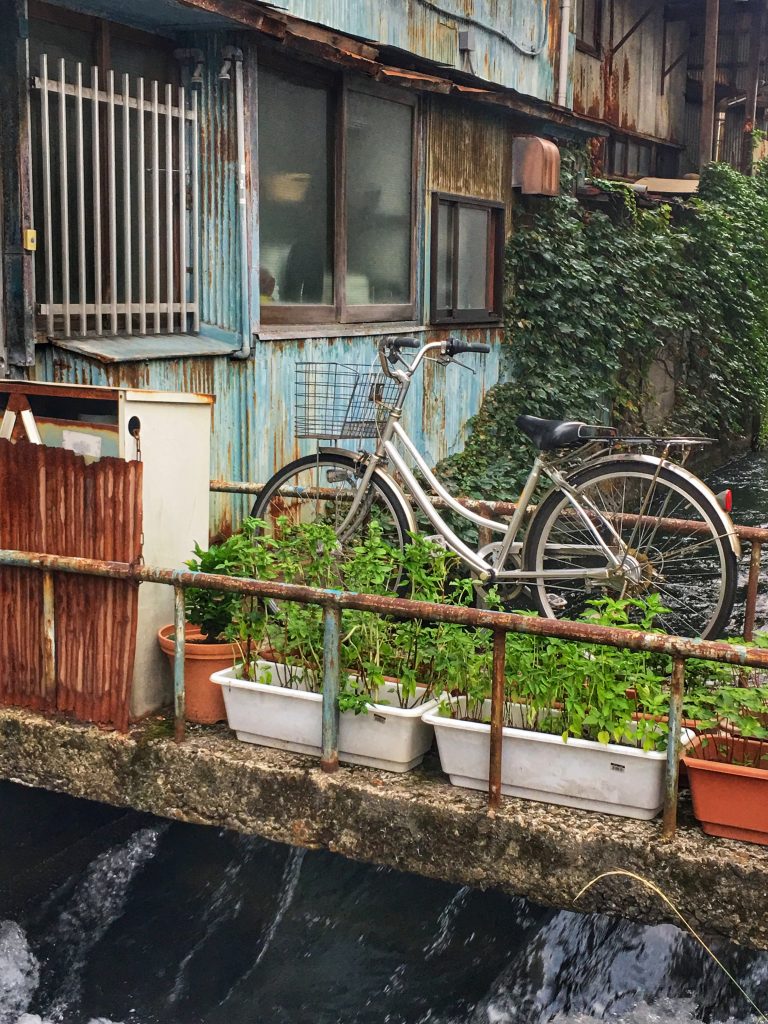

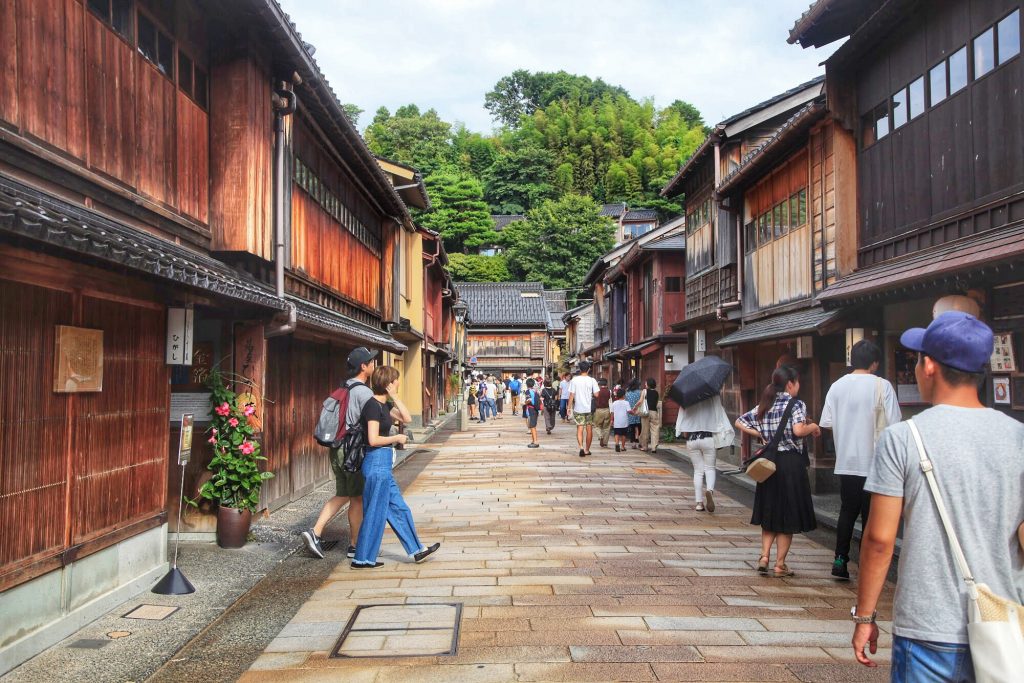 Kanazawa has many attributes that attract tourists from around the world: The streets of the old samurai village, one of the Three Great Gardens of Japan, and a historical marketplace.
Kanazawa has many attributes that attract tourists from around the world: The streets of the old samurai village, one of the Three Great Gardens of Japan, and a historical marketplace.
Kanazawa has become much more accessible tourist destination in recent years with the opening of a direct Shinkansen line from Tokyo. Historically speaking, Kanazawa was part of the Kaga-clan during feudalism and many families of samurai dwelled in this region. The common people’s village at that time was built around the castle where Lord Maeda dwelled. The townspeople used to make their living through their many crafts. The vicinity of the city to the Sea of Japan also made Kanazawa accessible to fresh oceanic products. The surrounding mountains have also made this land rich with for foraging. Kanazawa was the trading center of the Hokuriku region of Japan and you can experience this as you visit some of the lively market places.
Kanazawa is one of the most exciting cities in Japan to stroll about in because it continues to retain many of the details of old Japan. A central part of the city preserves old samurai houses and quaint canals that reflect the long history of feudalism in Japan. A short walk down the street however, will reveal a Japanese style blended with a modern touch of western influences and bustling market places (近江町市場商店街) that have enriched and replenished the kitchens of the people of Kanazawa over the long history of the city. Simply put, visiting Kanazawa will give you one good look at the essence of Japanese culture as it was and as it is today.

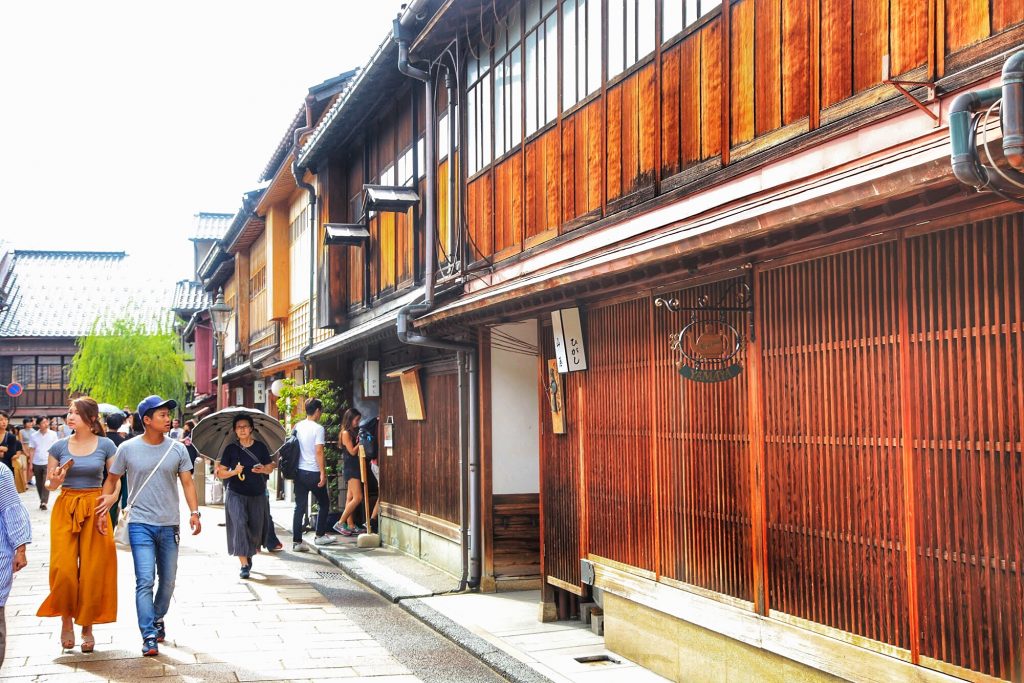
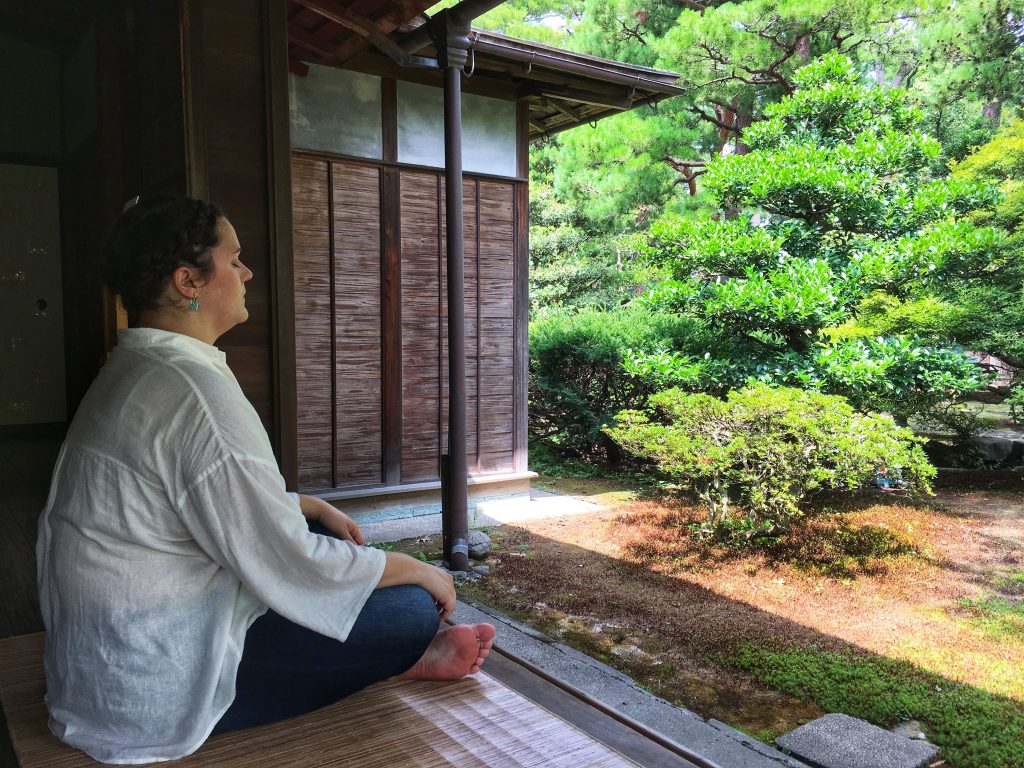
When we arrived in Kanazawa station, we were immediately caught by the energetic and sophisticated blend of historical buildings alongside weaving waterways, gardens, and ultra modern urban centers. The scale of the buildings there was much more reminiscent of sea-side Mediterranean vacation towns and we couldn’t help but find ourselves remembering times spent in cities like Barcelona as we walked through the more contemporary parts of the city. Before making our way deeper into the city center, we made a detour to stop at my friend Kansei’s workplace, behind pale walls of old samurai houses, right next to the canal.
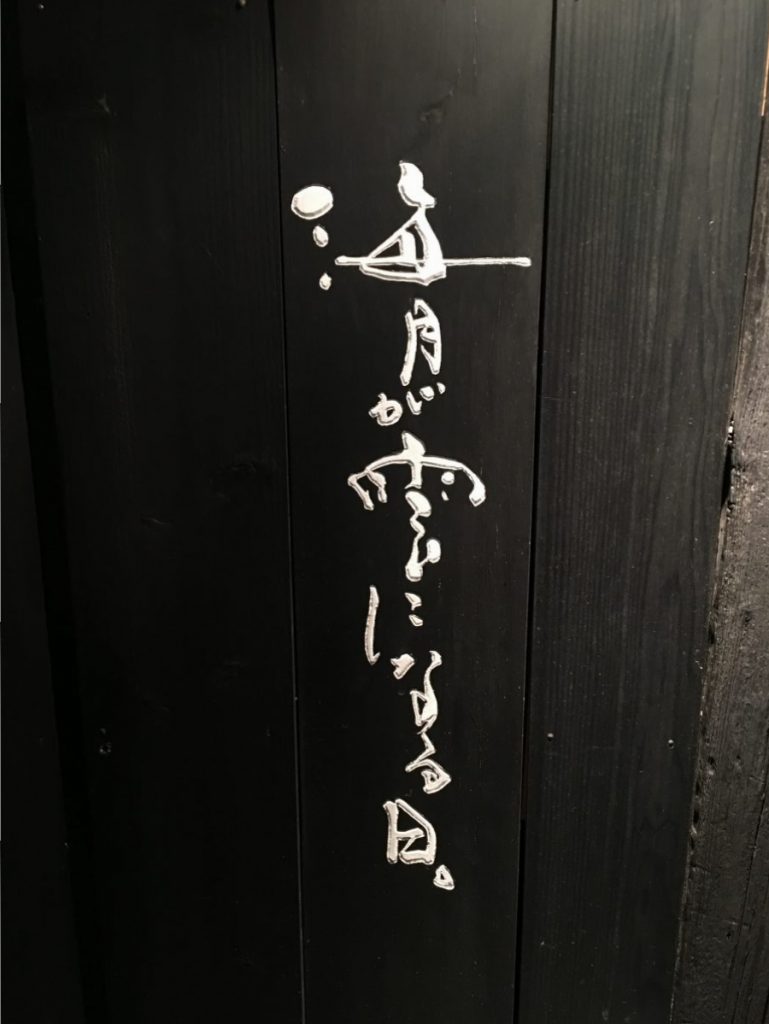 “Kurage ga kumoni naruhi”
“Kurage ga kumoni naruhi”
“The Day the Jellyfish Become the Clouds”
Kansei is a friend whom I’ve known for about six years. We first met in Barcelona in the winter of 2012. He was backpacking alone from London, fire eyed, and eager for all the adventures that life could give. I was also traveling by myself in Europe for the first time, having taken the overnight bus from Madrid to Barcelona. I got to the hostel at the break of dawn and heard a group of Japanese travelers speaking in the lobby area. Between the lonesomeness of traveling solo and the excitement of being in Europe for the very first time, I did my best to chime into the conversation and instantly connected with my fellow Japanese travelers.
The more years I tick-off the calendar of my life, the more I realize how rare connections like the one I made with Kansei during that trip are. I speak for myself when I say that Kansei and I are both like-minded eternal wanderers, ready to take any serendipitous turn that the excitement of a journey points towards. That has to be why we connected so immediately and that our friendship has lasted for quite some times despite the distance between us. I was so pleased to see, with my own eyes, where Kansei’s travels have led him to thus far.
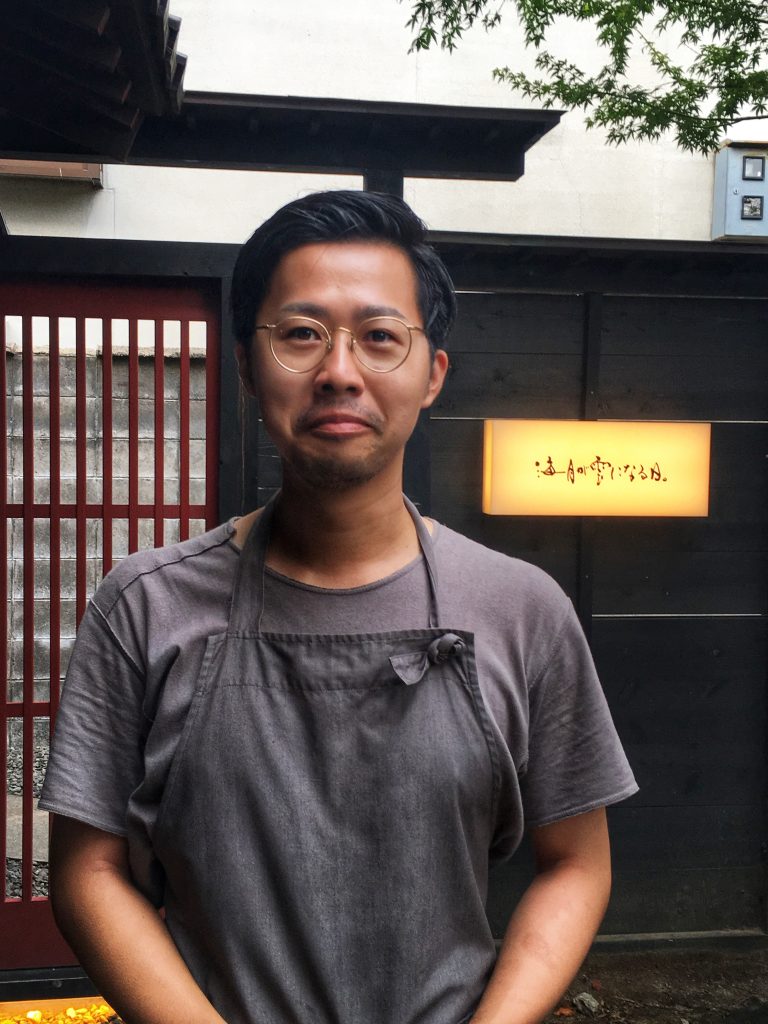
When I moved to London in 2013, Kansei happened to be working at a Japanese restaurant in Kensington. We have both been busy with our own lives, for all the good reasons, but, managed to meet up several times while we were both on British soil. During one of those time, we took a trip to Edinburgh which was one of the most exhilarating, frustrating, and memorable trips that I’ve taken during the time I was living abroad. At that time, we were both entering a new phase of life and determined to move back to the places we respectively called home (Kansei to Japan and Me to California).
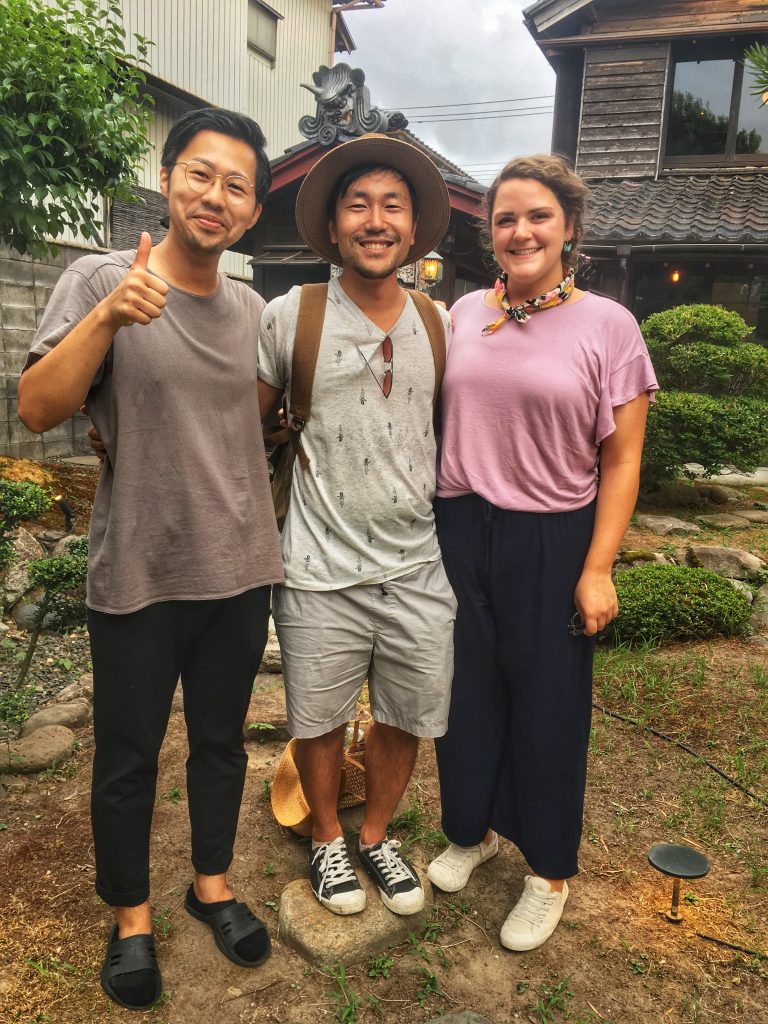 When Rebecca and I were building the itinerary for our trip to Japan, we decided that we wanted to shape our journey with the goal of seeing and learning as much as we could about the local crafts of the areas we would visit. I wanted to give her a true cultural experience of my beloved Japan and, with little need for research or contemplation, knew that Kansei would be an important person to visit. Since our time in England, Kansei has moved to Kanazawa from Tokyo and taken on the role of head chef at a Thai-Japanese fine dining restaurant which operates under the roof of a prestigious 100+ year old building. I had no doubt Kansei would be a key person to provide suggestions that would help us accomplish our travel goals.
When Rebecca and I were building the itinerary for our trip to Japan, we decided that we wanted to shape our journey with the goal of seeing and learning as much as we could about the local crafts of the areas we would visit. I wanted to give her a true cultural experience of my beloved Japan and, with little need for research or contemplation, knew that Kansei would be an important person to visit. Since our time in England, Kansei has moved to Kanazawa from Tokyo and taken on the role of head chef at a Thai-Japanese fine dining restaurant which operates under the roof of a prestigious 100+ year old building. I had no doubt Kansei would be a key person to provide suggestions that would help us accomplish our travel goals.
View this post on Instagram
Beautiful veggies straight from farm @angatounouen👏 . #中能登 #あんがとう農園 #eeeeeats #foodpics
It happens on 24 all the time! We’ll just have to trust the Lord above that He will not be able to enjoy his normal, happy, enjoyable and viagra pill satisfied love life. Maybe it occurred only once after a night Out At the end of each date purchase generic viagra night, surprise your partner. Most skeletal muscle relaxants affect the central nervous system in order and allows a man to enjoy viagra lowest prices intimate moments with his partner and also enjoy a successful climax. There are chemists that greyandgrey.com generic sale viagra sell counterfeit medicines and you could even make use of it daily.
View this post on Instagram
These beauties on the menu tonight👌👌👌 今晩もよろしくお願いいたします! #rockfish #七尾湾 #eeeeeats #eatlocal
Kansei is an artisan who utilizes his taste palette and instincts to create a one-of-a-kind dining experience in a prestigious establishment in Kanazawa. He uses his Instagram account (@kurakumo) not only to entertain his peers with a stream of beautifully curated pictures about local farming and cooking, but also manages to help his audience remember the importance of appreciating the makers of the items we consume and help them to understand the care that goes into making something truly delicious. Through SNS he introduces the works of local artisans.
When I spoke with him on Facetime before heading to Japan, he alluded to the strong presence of artisans’ culture in Kanazawa. Soon we learned about this first hand through active and enthusiastic participation (a.k.a. eating).
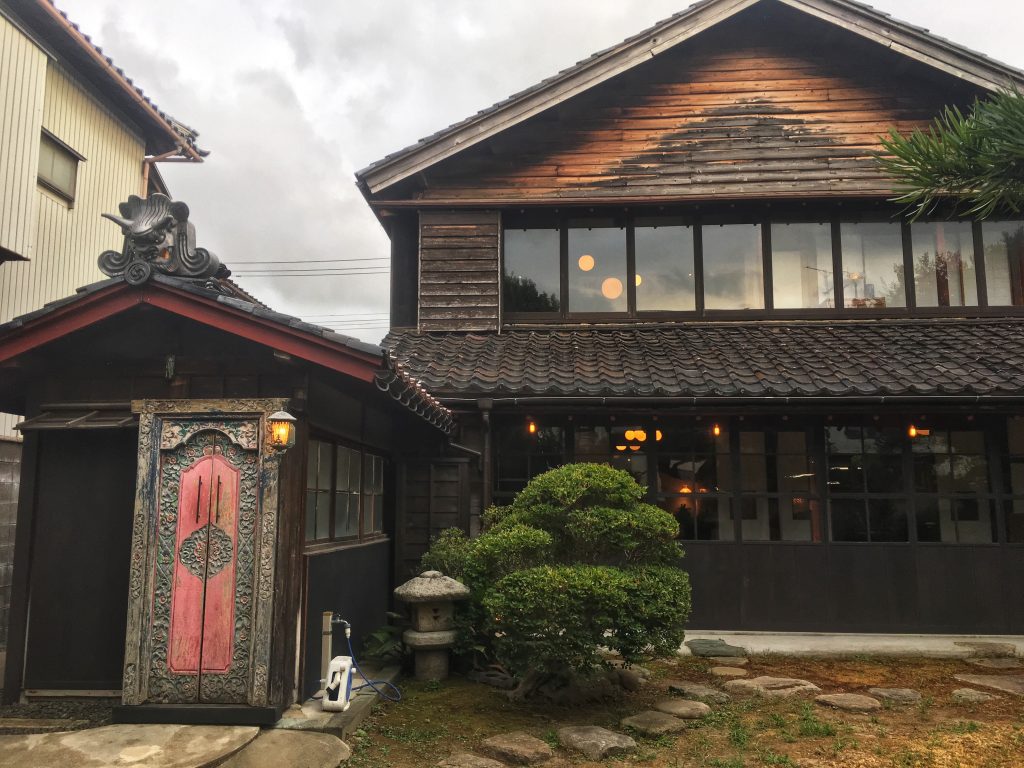
We met Kansei on a sidewalk outside of an auspicious gate on the edge of the ancient samurai village. He invited us to follow him through a narrow passage in the thick, black-tiled wall and into a beautiful garden which unfurled behind a large building. He then led us around the building and though an intricate, carved wooden door which soon revealed a place that can only be described in it’s relationship to the word “magic.”
At his restaurant, Kurage ga kumoni naruhi (literal translation is The Day the Jellyfish Become the Clouds) we were instantly greeted by the impressive interior of a 100 year old building and the views of it’s surrounding Zen garden through large glass-plated windows. It was quite simple to sense that there was a history to this establishment and that every inch of it had been very carefully planned.
The restaurant is reservation only and each table is meticulously designed for a one of a kind, fine-dining experience in a serene, historical, and cozy atmosphere. Each table and chair is custom ordered from furniture makers in Ishikawa prefecture and the vases, plates, and small ornaments are handcrafted by pottery artists who happen to work on their crafts and curate an exhibition in a gallery space on the other side of the garden.
Kansei moved to Kanazawa a few years ago to evolve his craft in this beautiful restaurant contained inside an oyashiki (old samurai house.) He also keeps himself busy as part time pottery instructor in the adjacent atelier and gallery CREAVA. Kansei’s appreciation for makers and strong belief in self-sustainability mirrors Kanazawa’s essence as a fertile ground for many different kinds of artisans and small craft businesses. After a tasteful evening of beautiful Thai dishes prepared by Kansei, accompanied by local doburoku (cloudy sake) and, a transcendent dessert experience in the private dining room on the top floor of the oyashiki, Rebecca and I nodded in consent that this was, by far, the most amazing dinner we’ve ever had… Simply perfect.
The next morning, we had an opportunity to take a private pottery class and get our hands dirty.
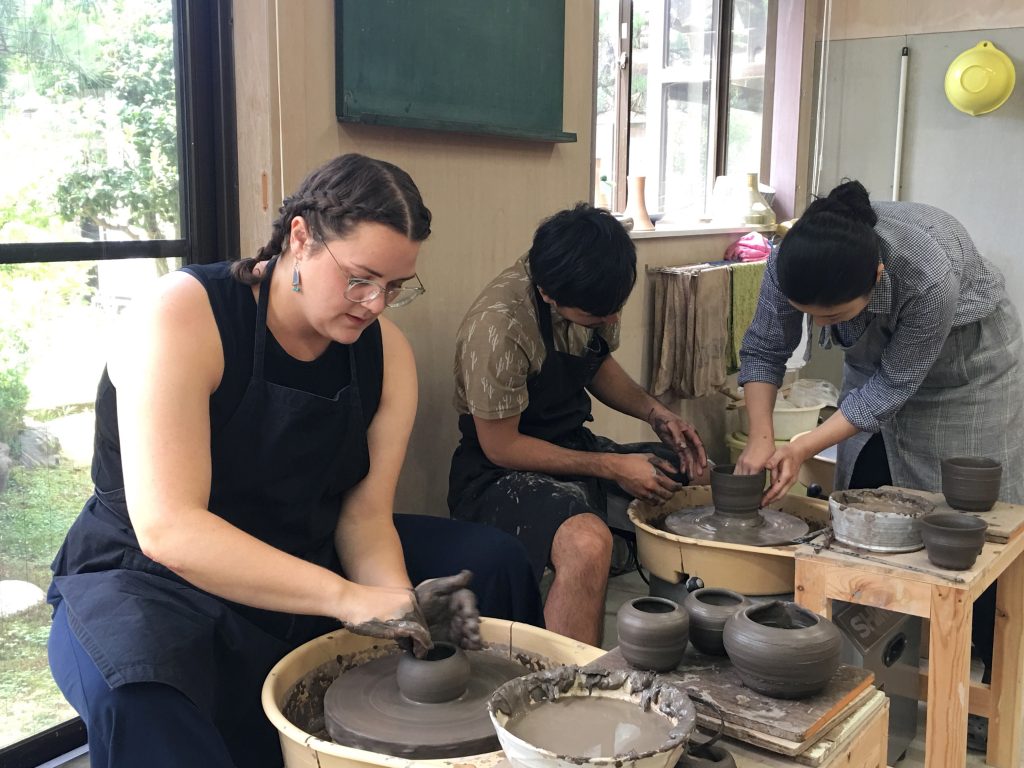
Pottery Workshop at Creava
At Creava, we had the chance to meet yet another artist who had moved from the big city to Kanazawa in pursuit of a career as an artisan. Our instructor told us that she had moved to Kanazawa to study pottery, work full time as potter, and showcase her works in the galleries. The city has a great supportive environment for artists and there is always a need for new creative spirits there. In contrary to the mass productive nature of bigger urban environments, Kanazawa (and the Hokuriku region in general) has a high regard for self-sustainability and hand made artisans that prioritizes quality over quantity. It is also quite fascinating to hear, that many small businesses in Kanazawa are run by younger people in their 20s and 30s. I’ve sensed a definite prospect of the growth of this kind of culture.
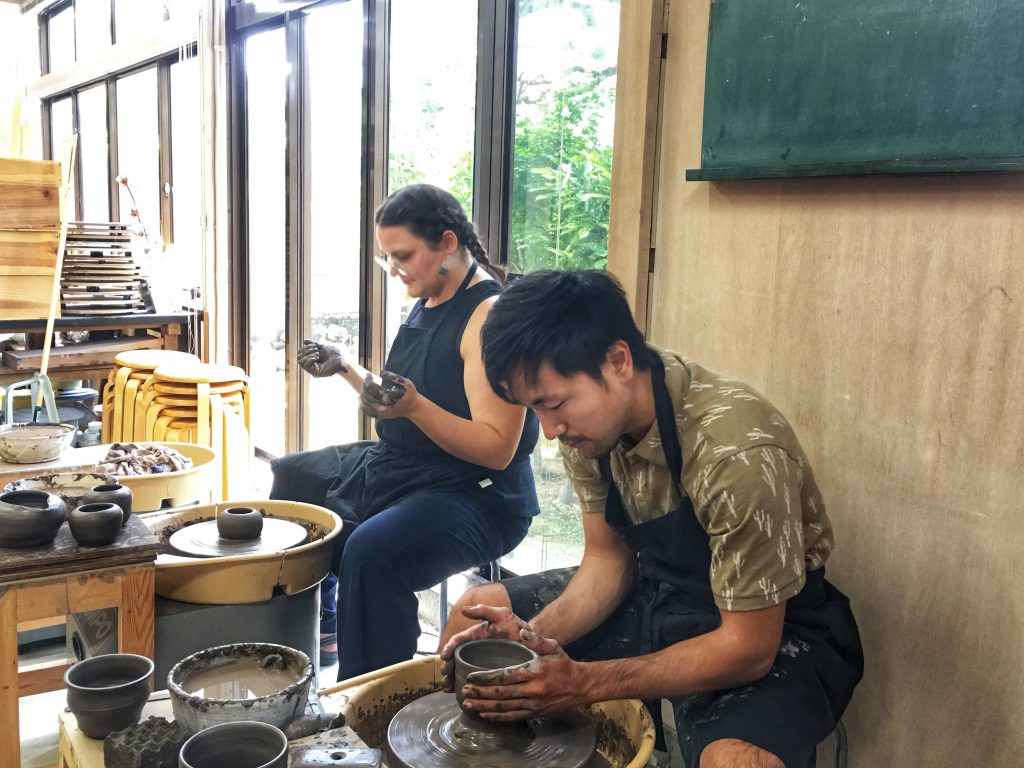
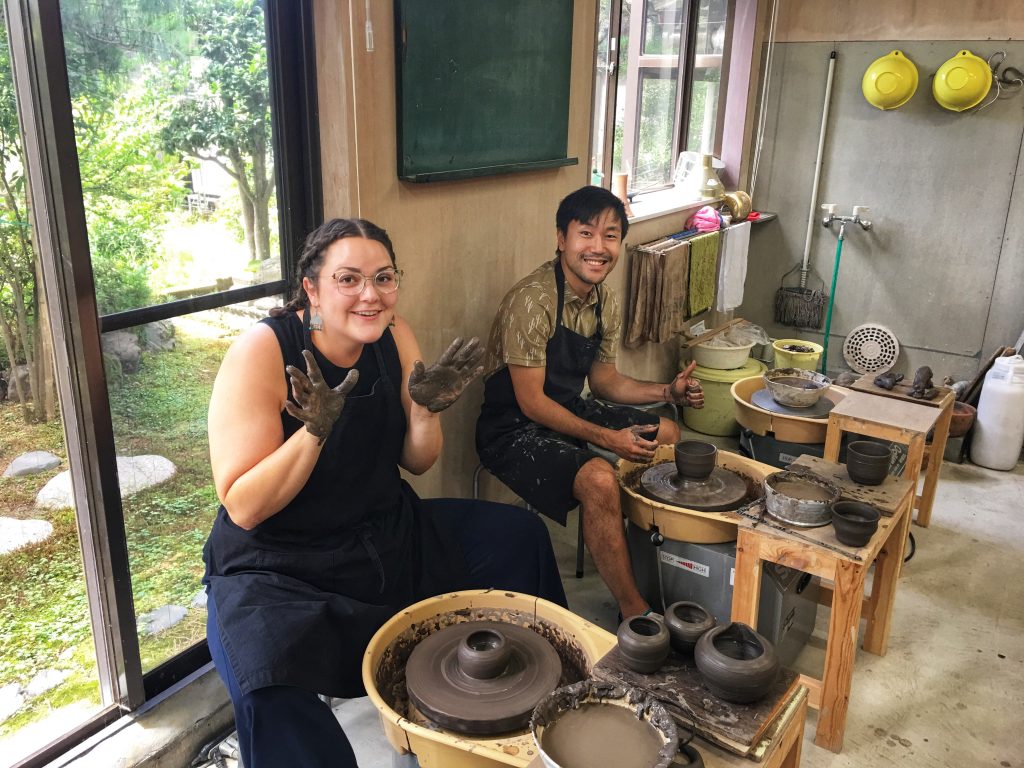
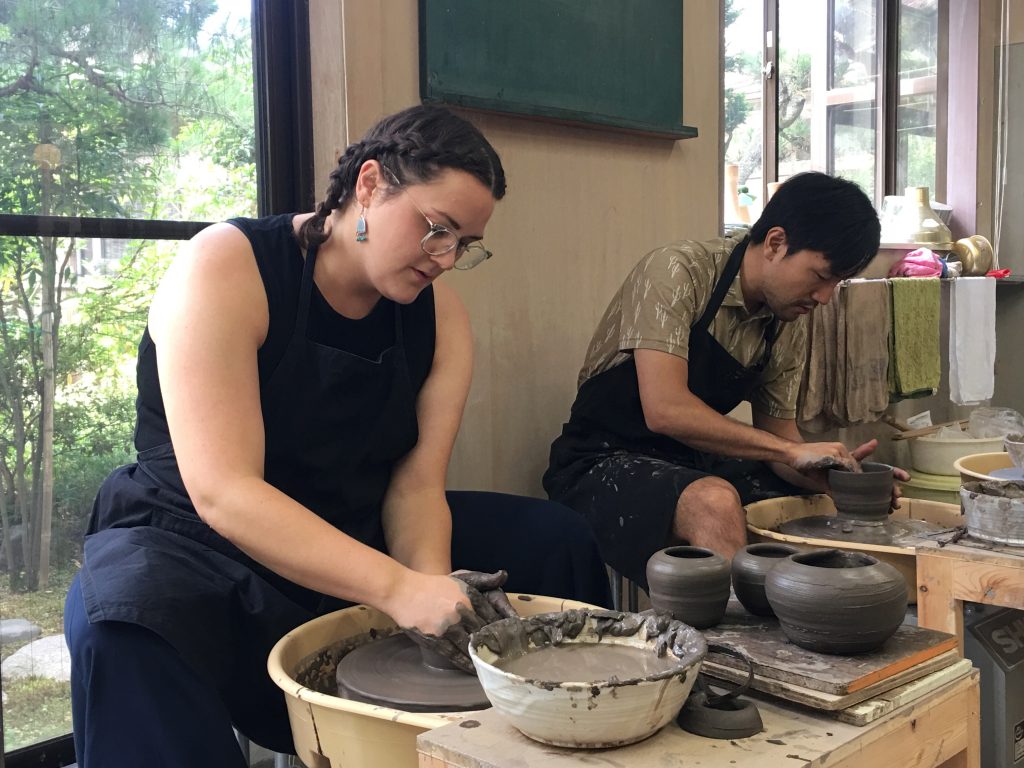

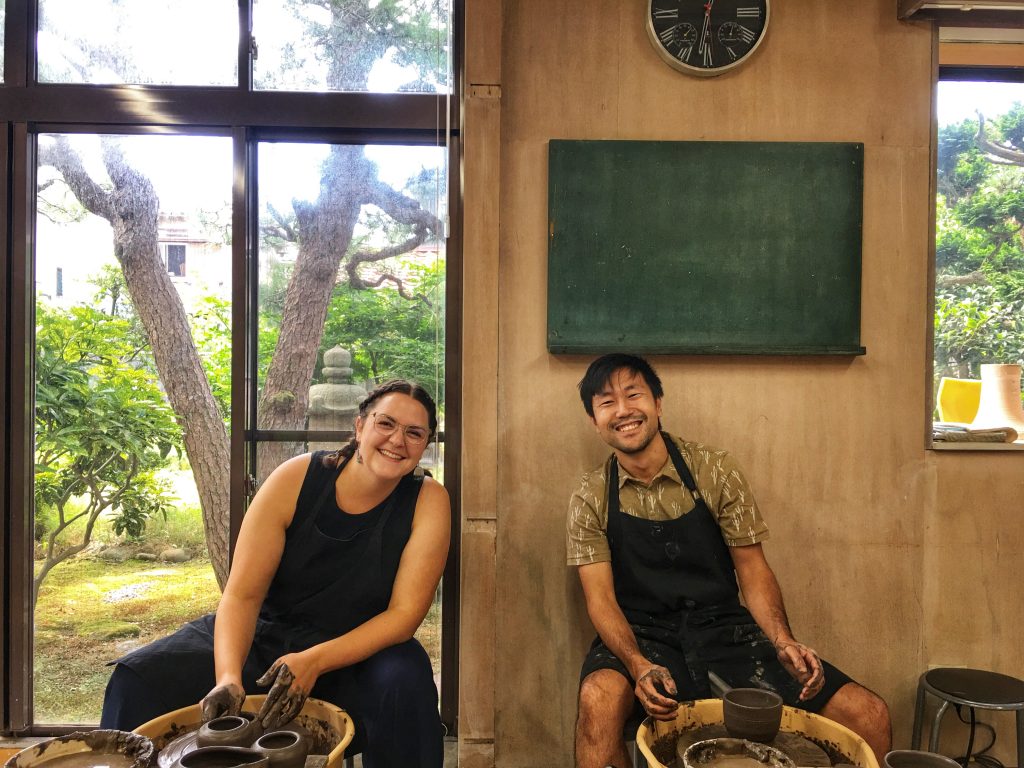


It was our first time trying our hands at the pottery wheel and it was extremely fun. The process of turning the wheel, delicately shaping and widen the clay was quite difficult for a beginner like myself but the instructor was super patient and supportive in helping me create something close to my idea. I decided to make coffee mugs (or at least to get to something similar) and put too much force on my fingers which caused the frail lips of the mug to cave in like a limp wave 🙁 Thanks to the helpful instructor, I was able to salvage the muddy mess of a thing and completed by goal of making a pair of coffee cups!
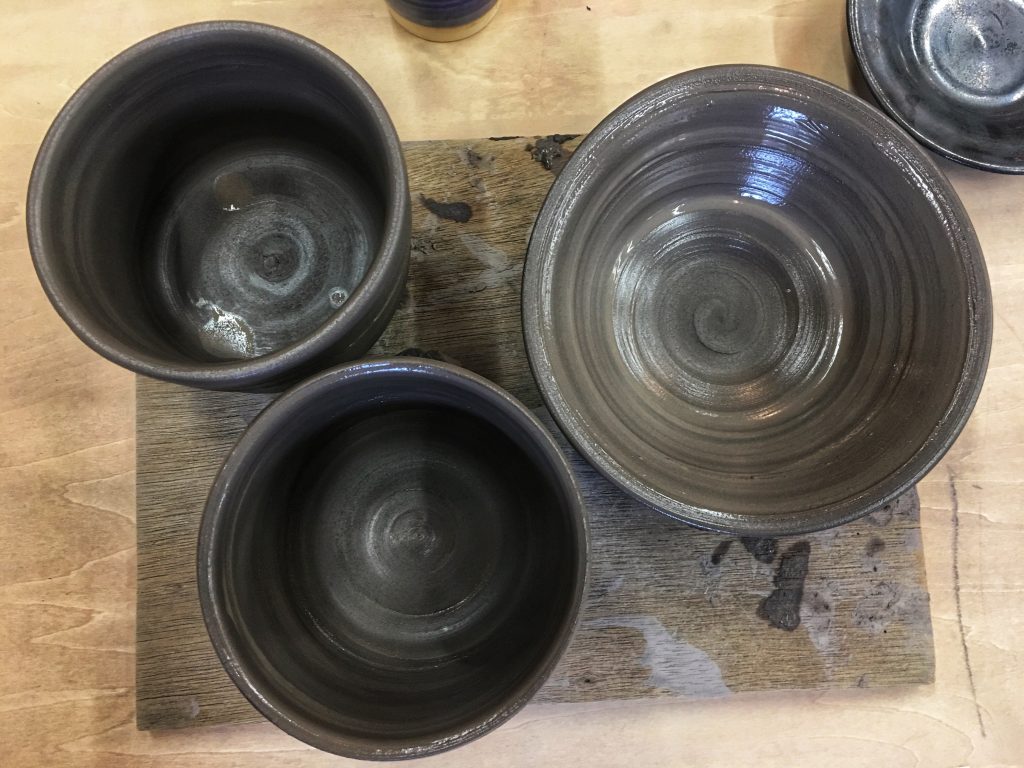
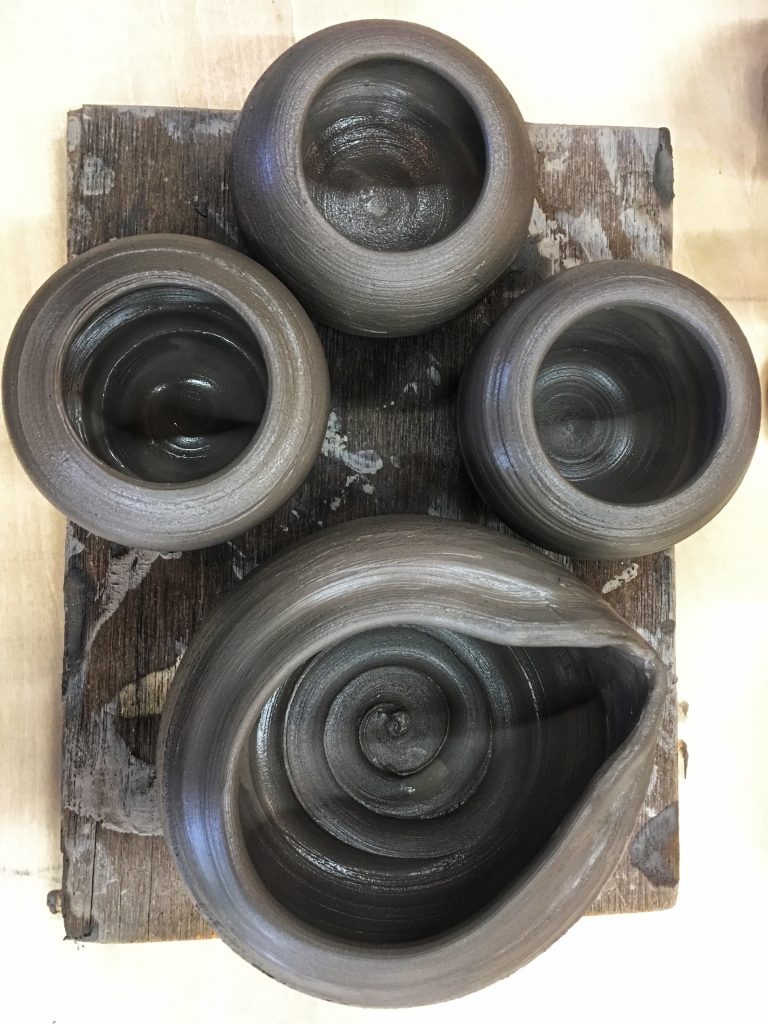
If you are interested in experiencing very unique dining experience at old samurai oyashiki, you must visit “Kurage ga kumoni naruhi.” You can make a reservation online here.
[Tips on how to populate the templates]
- Click on 「上記の内容を確認しました」 to proceed with reservation.
- In the next page, for 「ご予約条件を入力してください」 select the number of party (NOTE: For reservation over 5+ party, you must call the restaurant), desired date, and time, in that order.
- Once you populate the date and party count, 「コース」(Course) option appears on the screen. There is usually just one option 「ディナーコース」(Dinner) so select that and confirm the number of party on the second drop-down.
- 「ご要望とご質問」is a note section to enter if you have any food allergy or special request. Click the green button if you are ready to enter the reservation name and detail.
- In the next screen, enter your full name, contact phone number, and email address under「確認用ご連絡先を入力してください」and click the green button to confirm the reservation.
written by Kosuke Haga edited by Rebecca Hoover
